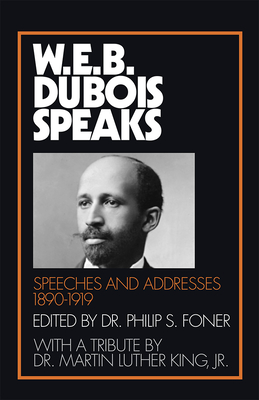
Surely Du Bois hoped, with his history, to have some effect on the early 1930s reconstruction of American labor, culture, politics, and society.

The 1929 to 1934 period saw numerous labor strikes in America. During the implementation of FDR’s first programs, while masses of workers-white and people of color-were unemployed. Thinking broadly about the 1930-1935 period which saw the book come into being, Black Reconstruction in America was written in the depths if the Great Depression. Lewis also notes how, contrary to popular lore and the book’s modest sales, critical reaction to the book was “exceptional.” There were intellectuals who took notice and praised the book’s thesis.

According to one historical calculator, and using 1934 as the baseline, that’s ~$119,500.00 in 2019 money. Du Bois received two grants, in 19 from the Rosenwald Fund and Carnegie Foundation, respectively, totaling $6250 to write *Black Reconstruction*. 1909 AHA presentation on “Reconstruction and its Benefits” and 1910 publication, and a never-published 1929 Encyclopaedia Britannica entry). Lewis takes a “history of the book” approach, laying out the historiography and Du Bois’ prior pieces that fed Black Reconstruction (e.g. (Aside: An AAIHS Black Perspectives post from Guy Emerson Mount expertly does a bit of both.) My series, however, will be content focused-a close reading of the book itself.īefore getting into chapter one, I should note that David Levering Lewis sets the stage quite well with his ten-page introduction to the 1992 edition of the book. Some of those posts also look backwards, showing how Du Bois’ classic provided a much needed course corrective in relation to the Dunning School. Most of our past entries (many by Robert Greene) talk about the book in relation to other historical accounts that followed. In future posts, then, I plan to reflect on this first reading. I want to know where Du Bois will take the story, even after only reading chapter one.


Based on the progress I made over the weekend, however, I’m not worried about finishing. Courtesy of its length-729 pages of text in my single-volume version-I need to get going. It’s been on my reading list for some time, but I will be meeting some colleagues later in the year for a discussion. Du Bois’ Black Reconstruction in America. This past weekend I began a first read of W.E.B.


 0 kommentar(er)
0 kommentar(er)
